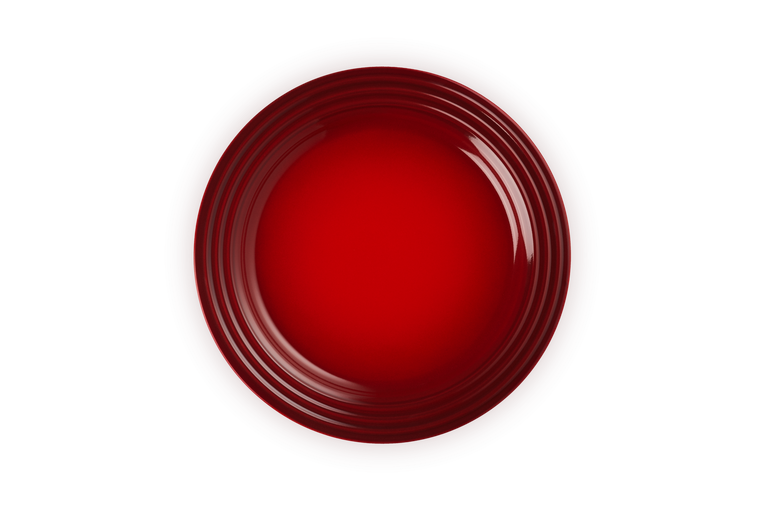Watching the TV the other night, and an advert for washing-up liquid urges me to wash-up with cold water! Really? That's a new one, I thought.
On the other hand [pun intended!], I have been washing my hands in cold water for more than a decade. I got into the habit in Brazil, where it is common for sinks to have only a cold-water tap.
Money is tight and fuel prices have jumped. Anything that saves the use of hot-water is attractive both ecologically and economically.
I try to approach decisions scientifically, so I did a little research. I found this interesting article on the BBC website:
Washing-up detergent and scrubbing is more important than water temperature! As a microbiologist, among other things, I was already aware that washing-up water is generally not hot enough to kill many bacteria.
It just happens that currently I am reading Alexander Kira's fascinating study “The Bathroom”. This is recommended reading and some aspects from this book will doubtless feature in future posts in this blog.

Kira notes that washing under running water generally uses less water than filling a hand-basin. He also points out that showering is more efficient at getting you clean than having a bath. Baths are primarily for relaxation, and you are actually soaking in any dirt that was removed. If you want to be clean after a bath, finish your routine with a shower.
There is an obvious parallel here: I expect we all know someone who continues to wash dishes in water that resembles weak chicken soup!
Another gem from Kira is that effective washing is in four stages: wetting/pre-rinse, soaping, scrubbing, and rinsing. Note that only the first and last of these needs running water. You can turn the tap off when soaping and scrubbing, so the tap is only running a few seconds for each item you wash.
Armed with new knowledge, I began washing the dishes.
Here, I must confess! I often eat alone, so cooking and eating often generates just four or five items to wash. Not enough to fill up a sink for, so I will often leave the job until there is more.
Very quickly, dishwashing becomes a big job, and one that it is temping to put off. Yes, I can be a bit of a slob when my lady is absent!
There were thus no shortage of items on which to try running cold-water washing! There was a baking tray, some plates, bowls, a cup and cutlery.
The first surprise was how much less time washing-up seemed to take. I seemed to have done it all in less time than it would have taken for the water to run hot and fill the sink.
All items were clean, some possibly cleaner than if they had been washed in a sink that had already cleaned other items. As a bonus, the sink was not coated in grease!
Effectively, you are giving your dishes a cold Navy shower!
Quicker, cheaper, easier and probably cleaner. What is not to like?
Even if you tend to put-off washing-up, you will know that you will save yourself effort in the future if you rinse the food off the plates before it dries. What “Rick and Morty” calls “schmutz”.
Consider this: By the time you have rinsed a plate and scraped the food off, you are already halfway through a running cold-water wash-up! Add a little washing-up liquid, another scrub and rinse and the job has been done. No more washing-up to do later for that item!
The speed of this method lets you prevent washing-up from piling up. You can wash-up a couple of items while waiting for the kettle to boil, or during the advert break of a movie.
An added bonus of this technique is that I find I tend to pay more attention to each item. Not only do they get cleaner, but the chance of breakages and chips seems less.
Another labour-saving tactics is to let the wet stuff drain and air-dry. Only use a tea-towel when an item is still wet when you put it away or need it.
Detergent
Running cold-water washing may result in you using more washing-up liquid than you used with traditional washing. You will need to experiment to optimize your use of detergent.
Placing the detergent on the sponge or brush may make it go further. Some items, such as a oily grill pan, seem to clean better if a pea-sized amount of detergent is placed on them directly and then worked around.
A running cold-water wash may not be ideal for all items, but works well for most of the items that you commonly wash.
Hot and Cold Soaking
Some items may need a hot-water soak. The heat can be beneficial in softening food deposits and melting fats. If you boil a kettle for tea or coffee there is usually some hot water left unused. Put this to good use on your washing-up.
Rather than fill a whole sink with hot-water and detergent, try filling a smaller bowl or pan and soaking the items in there. My only caution is not to place metal objects in a pot with a non-stick finish.
Do not hot-soak any vessel that has been used to make dough or batter. Flour and hot-water is effectively glue!
Soak the interior of such vessels in cold-water and you will find them much easier to clean when you wash them.
Greasy Frying Pans
In “Camping and Woodcraft”, Kephart gives us some valuable advice on how he cleaned his utensils deep in the woods. Game is generally deficient in fats, so cooking in the frying pan with bacon or bacon-fat was the norm:
“First, as to the frying-pan, which generally is greasiest of all: pour it nearly full of water, place it level over the coals, and let it boil over. Then pick it up, give a quick flirt to empty it, and hang it up. Virtually it has cleaned itself, and will dry itself if let alone. Greasy dishes are scraped as clean as may be, washed with scalding water, and then wiped. An obdurate pot is cleaned by first boiling in it (if you have no soap powder) some wood ashes, the lye of which makes a sort of soap of the grease; or it may be scoured out with sand and hot water. Greasy dishes can even be cleaned without hot water, if first wiped with a handful or two of moss, which takes up the grease; use first the dirt side of the moss as a scourer, then the top.”
You probably don't have a lit camp-fire at home, and we are trying to save fuel. A similar trick can be used at home, however.
Once you are done cooking, turn off the heat, and add a few mils of water to the frying pan. Adding a large volume may drop the temperature too quickly and may damage the pan. It is very likely to crack glass and ceramic vessels, so I will stress using a very small volume of water for this method, and usually for metal pans only.
A small amount of water, added in this manner, will “deglaze” a pan. This is a quick way to make sauces or gravies, but can also pre-clean a pan.
The water takes the heat of the pan, loosening food particles and floating fats. Give the pan a quick scrub with a soft-brush and discard the water, fats and debris. Let the pan cool down while you eat your meal.
Deglazing makes washing the pan later considerably easier.
And Finally
Some items are best cleaned with a brush, others with a sponge or fibre-pad. Have a selection of scrubbing tools available.
Once you have finished dish-washing, do not forget to wash the sponges, fibre-pads and brushes that you used for scrubbing. Work some detergent into them and rinse and squeeze-out as much grease as you can. Place them were they can dry.

